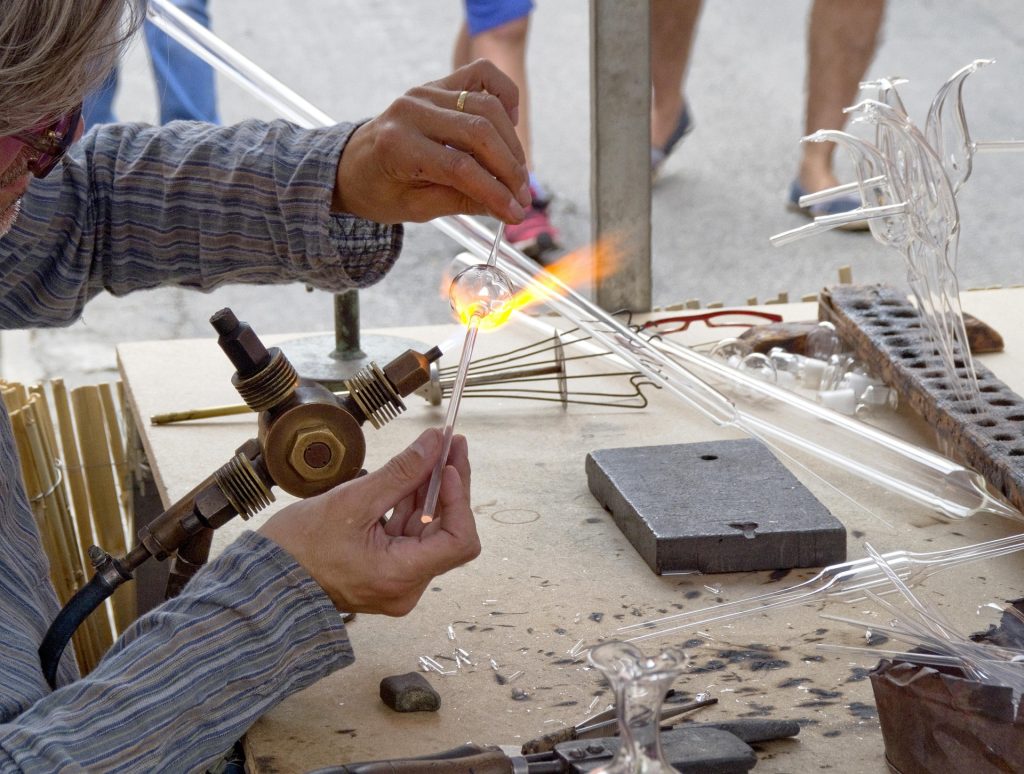Product vs Process
Finding the Balance Between Tradition and Digital Transformation
In every business, there’s an ongoing tension between what you make and how you make it. The product and the process.
For many established businesses – especially those with proud roots, craftmanship, or local heritage, the process isn’t just a way of working; it’s part of the identity.
It’s what makes the product special. But as technology evolves, there’s a growing challenge: how do you embrace digital change without losing the soul of your business?
Why traditional processes matter in modern business
Every great business has its traditions, the ways of doing things that define its character. Whether that’s how a Cornish baker shapes a pasty, a brewer hand-checks each batch, or a family-run engineering firm signs off every order by eye – those processes carry history, pride and human touch.
Digital transformation should never start with tearing that down. It starts with understanding why those processes exist and what they protect – quality, trust, and the personal connection that customers feel.
Respecting process doesn’t mean resisting change. It means making sure any digital improvement serves the same purpose: to protect quality, consistency and competitiveness.
How digital tools can protect, not replace, heritage
This is where digital earns its place.Small, thoughtful changes can preserve tradition while future-proofing the business:
- Digitising without diluting: Replace paper logs with digital records so the same quality checks happen – but faster, and with data you can learn from.
- Visibility, not interference: Use dashboards to monitor performance, not micromanage people.
- Automate the noise: Free up skilled hands by automating repetitive admin, letting humans focus on what they do best.
- Preserve, then enhance: Scan archives, recipes, or drawings before they fade – then build on them with AI or analytics.
These steps don’t erase tradition, they protect it from being left behind.
A real-world example of respectful digital transformation
A few years ago, I worked with a long-established food producer in the South West, a family business known for its consistency and attention to detail. Every order, every batch, every delivery followed a process shaped by decades of experience.
It worked, but it relied on a handful of people who simply knew how things were done. The production plan lived on clipboards, orders were handwritten in a ledger, and much of the real knowledge existed in people’s heads.
If someone retired, moved on, or simply took a holiday, key knowledge went with them. That’s where digital made a respectful difference.
We started by documenting every step of the process, not to change it, but to preserve it. What happens when an order arrives? How is a batch signed off? Who approves the final dispatch? Once everything was mapped, we introduced small, practical digital tools that mirrored what they already did day-to-day.
- Production sheets became digital, keeping the same familiar layout.
- Quality checks remained hands-on but were now logged electronically.
- Orders fed directly into the schedule, removing duplication and missed steps.
The result was a system that respected tradition but prepared the business for the future. It didn’t just improve efficiency, it built succession planning into the fabric of the operation. Processes that once depended on memory or habit were now documented, consistent, and ready to hand down to the next generation.
That’s the value of respectful digital change. It doesn’t replace people or erase history, it protects the knowledge that makes a business special and keeps it alive for the future.
Product Always Trumps Process
At the end of the day, the product, what your customer receives and loves is what matters most. Processes exist to serve that outcome, not the other way round.
Too often, businesses cling to “how we’ve always done it” even when it’s holding them back. The goal isn’t to replace heritage, it’s to make sure the product stays relevant, desirable, and competitive in a world that moves faster than ever.
“To improve is to change; to be perfect is to change often.” – Winston Churchill

